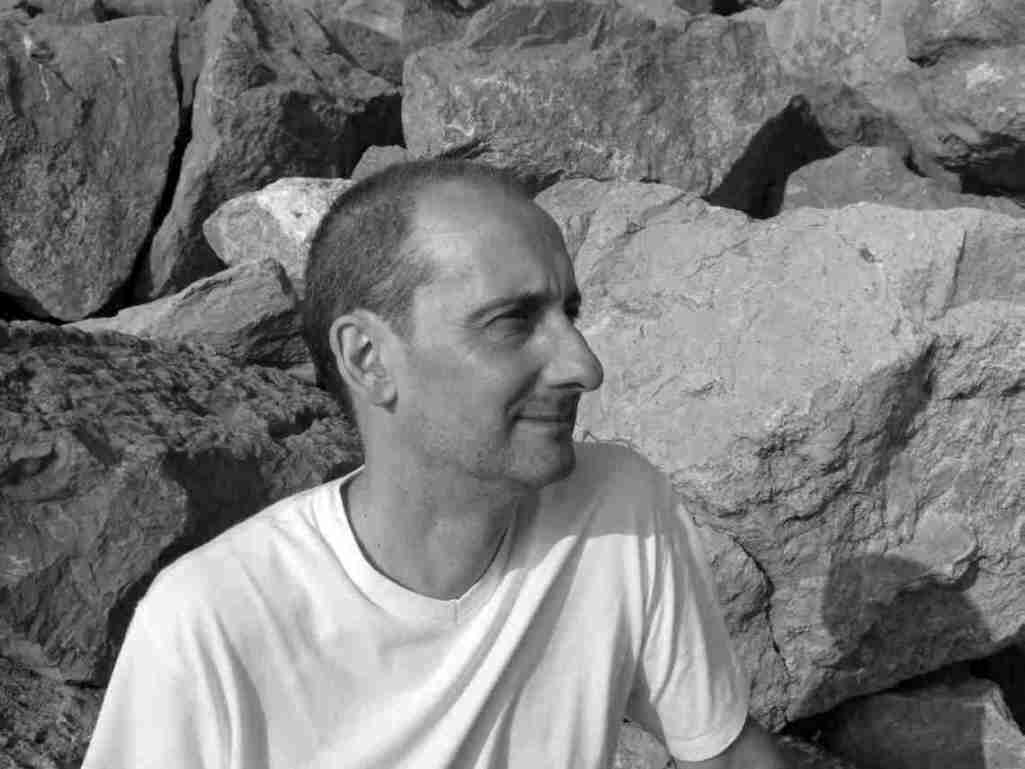
In Enochvilleport iteself some ghastly-colored neon signs had long since been going through their unctuous twitchings and gesticulations that nostalgia and love transform into a poetry of longing: more happily one began to flicker: PALOMAR, LOUIS ARMSTRONG AND HIS ORCHESTRA. The Bravest Boat
The Palomar Supper Club was owned first by Hymie Singer, and then by Sandy DeSantis, who became the club's orchestra leader. Located at the corner of Georgia and Burrard Streets, the Palomar was a 1,200 seat wartime dance hall with opulent red decor and Greek pillars. Sensing the shift away from big name touring orchestras, DeSantis began booking big name acts such as Louis Armstrong, a young Sammy Davis Jnr, and Carmen Miranda. Occasionally, in the 1940's and 1950's, the Palomar booked floor shows of scantily clad female dancers until the club closed because of bankruptcy in 1951 (or 1952) Burlesque West: showgirls, sex, and sin in postwar Vancouver By Becki Ross
May 23, 1937
On May 23, 1937—68 years ago today—the Palomar opened at 713 Burrard Street at Alberni in Vancouver. In its day the Palomar was the place in town for big-name entertainers: the Ink Spots appeared there frequently in the 1940s and '50s, and for those of you younger folk who just said 'Who?,' here are a couple of other names you will recognize: Louis Armstrong (February 2, 1952) and Duke Ellington (April 11 to 15, 1952.)
Dal Richards joined the Sandy De Santis house orchestra at the Palomar in the fall of 1937, and was there in the fall of 1938 when it changed from a ballroom to a night club. A Vancouver girl named Peggy Middleton joined the chorus line, and Dal remembers that she pestered him and the club's owner, Hymie Singer, to do a solo number. “It was Top Hat, White Tie and Tails,” Dal said, “And she'd gone out and bought the stuff she needed for the number.” They okayed the solo, and maybe that's what persuaded 15-year-old Peggy Middleton that showbiz was for her. She changed her name to Yvonne De Carlo and went on to become a movie and TV star.
“Singer and Sandy De Santis had a falling out,” Dal recalls, “And Singer asked me if I could lead a band. I said sure. I was 20.” The Palomar eventually closed. Dal's still around. History of Metropolitan Vancouver

Above photo of Burrard Street looking north towards Alberni Street on April 22, 1955. The low building in the center of the photo is the Palomar Dance Hall building which is being prepped for demolition. [CBC Archive; Alvin Armstrong, photographer]

Armstrong concerts a hit for Kits
By Lisa Smedman-Staff writer
Jazz great Louis Armstrong played many a venue in his day, but none gave him a more enthusiastic welcome than the students at Kitsilano High School.
In February 1951, Armstrong came to Vancouver to play the Palomar Supper Club. After his performance there, Kitsilano Grade 12 student Olga Negriff and her friends Gerry Millard and Betty Sparrow staked out his hotel. They convinced him to play at one of the school's noon hour concerts.
The concerts, organized by the school's music committee, were held on Thursdays throughout the winter. Admission was a nickel. The students couldn't charge admission for Armstrong's appearance, however, since he was under contract to the Palomar.
The 45-minute concert, which also featured singer Thelma Middleton, was a hit. Armstrong promised to come back the following year.
He kept his promise, bringing his band with him. At the February 1952 concert, Armstrong's band took turns playing numbers with the Kitsilano School Mixer Orchestra. More than 1,000 students packed the school's auditorium and crammed the nearby hallways. Kids from other Vancouver schools-Lord Byng, King Edward, John Oliver, Magee and King George-also showed up. Organizers set up speakers outside the auditorium so everyone could hear.
Marilyn Muckle (nee Luckett) was a Grade 8 student at Kitsilano High the second year that Armstrong came to perform. She didn't get a seat in the auditorium, but was one of those who crammed into the hallways to hear him play.
"It was complete mayhem and excitement," she said. "It was fun. Everything was in motion. [The students] were just enjoying it so much. Everybody was so excited, nobody could concentrate on anything [that day]."
The concert was recorded by CKNW's Jack Cullen. When Armstrong died in 1971, Cullen played the tape on the radio in tribute.
The school orchestra included band leader Arnold Emery on trumpet, Jim McGinnes on trumpet, George Robertson on trombone, Harry (Ham) Mcleod on drums, Leslie Jones on piano, and Eric Foster, Bill Stonier, Ted Golf, Don Gaylord and Jim Thomas.
The orchestra didn't just perform at the school. Its members also gave concerts for veterans at Shaughnessy Hospital, and at the Institute for the Blind. Vancouver Courier Archive
Let's listen to Louis Armstrong with His Orchestra April 19, 1952, Denver, Colorado.







No comments:
Post a Comment